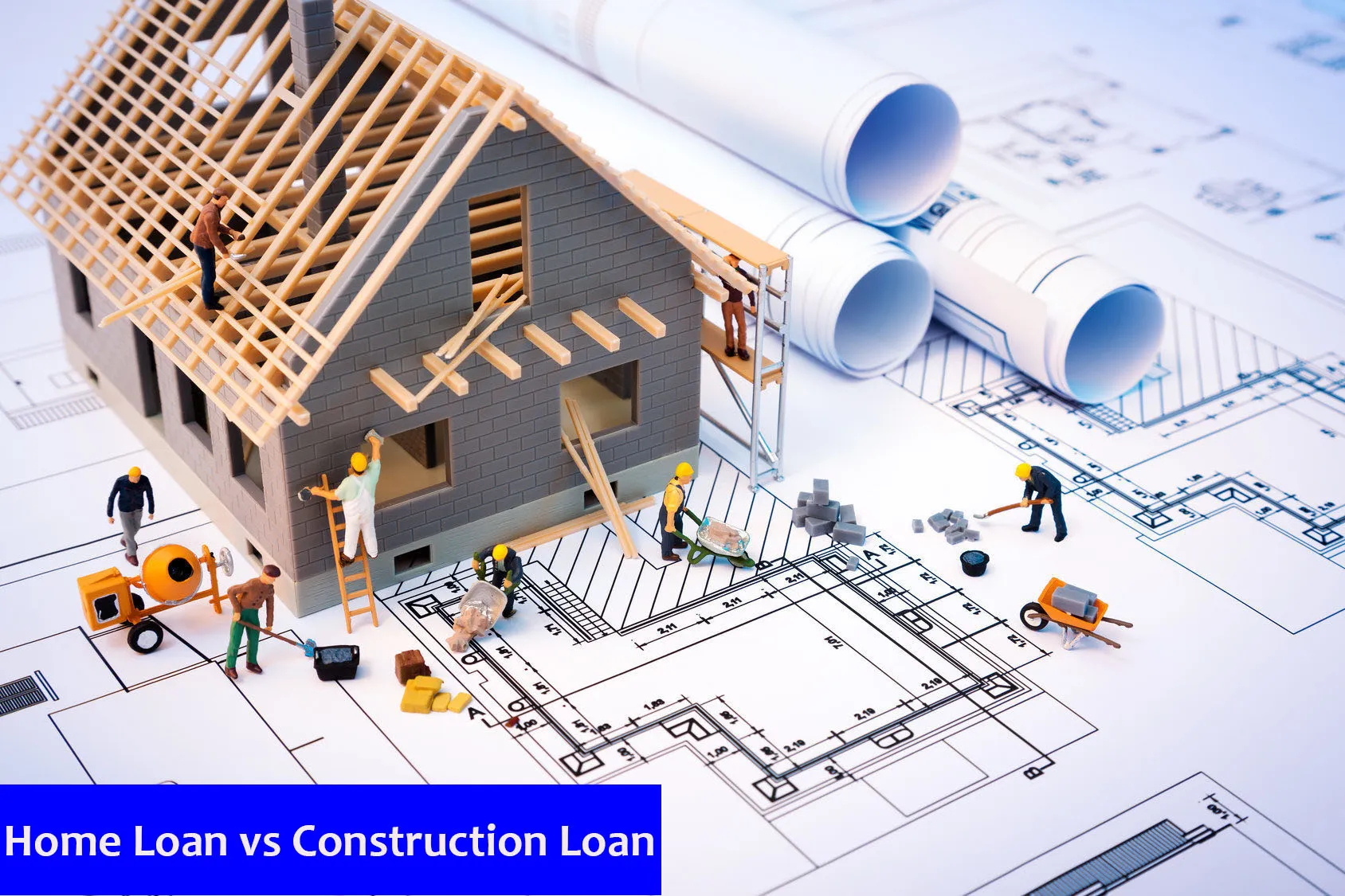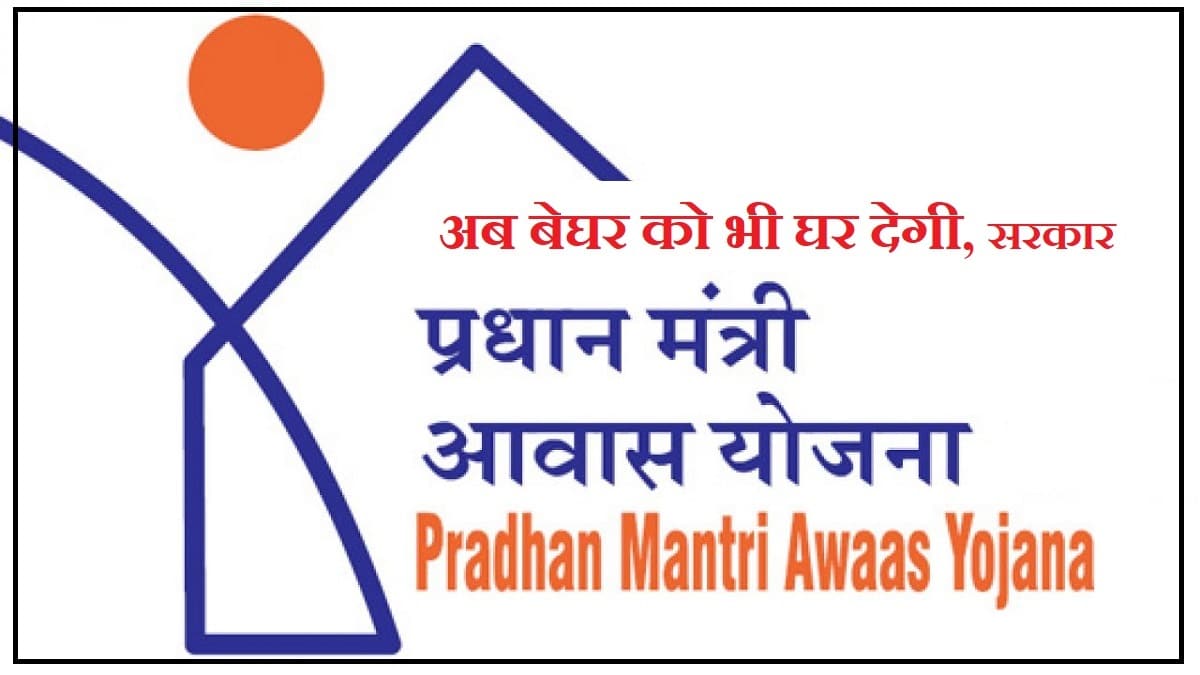Useful Loan Schemes in India for the Healthcare Industry
The healthcare industry is one of the most critical sectors in India, and it requires continuous investment in infrastructure, technology, and skilled professionals. Here are some useful loan schemes available in India for the healthcare industry:
Pradhan Mantri Jan Arogya Yojana (PMJAY): This government scheme provides health insurance to eligible families and individuals, covering the costs of hospitalization and medical treatments. Hospitals and healthcare providers can enrol in PMJAY and provide services to the beneficiaries, receiving payments directly from the government.
National Health Mission (NHM): The NHM is a government initiative that aims to improve the health infrastructure and services in rural and urban areas of India. The program provides financial assistance to state governments, NGOs, and healthcare providers for various initiatives such as setting up new health centers, upgrading equipment, and training healthcare professionals.
Startup India: The Startup India initiative provides financial assistance and support to healthcare startups, which are working towards innovative solutions in healthcare delivery, medical technology, and digital health. The scheme offers various benefits such as tax exemptions, funding support, and access to mentorship and incubation programs.
Credit Guarantee Fund Trust for Micro and Small Enterprises (CGTMSE): The CGTMSE provides collateral-free loans to micro and small enterprises, including healthcare businesses such as clinics, hospitals, and diagnostic centres. The scheme aims to encourage entrepreneurship and support small businesses by providing credit guarantees to banks and financial institutions.
Healthcare Infrastructure Development Fund (HIDF): The HIDF is a government fund that aims to provide long-term funding support to healthcare infrastructure projects such as hospitals, medical colleges, and research centres. The fund provides low-cost loans to eligible entities for a duration of up to 20 years, with a moratorium period of up to 5 years.
In summary, there are various loan schemes available in India that can provide financial assistance and support to the healthcare industry. These schemes cover a wide range of initiatives such as health insurance, infrastructure development, startups, and small businesses. Healthcare providers, entrepreneurs, and investors should explore these schemes to access funding support and contribute to the growth of the healthcare sector.








